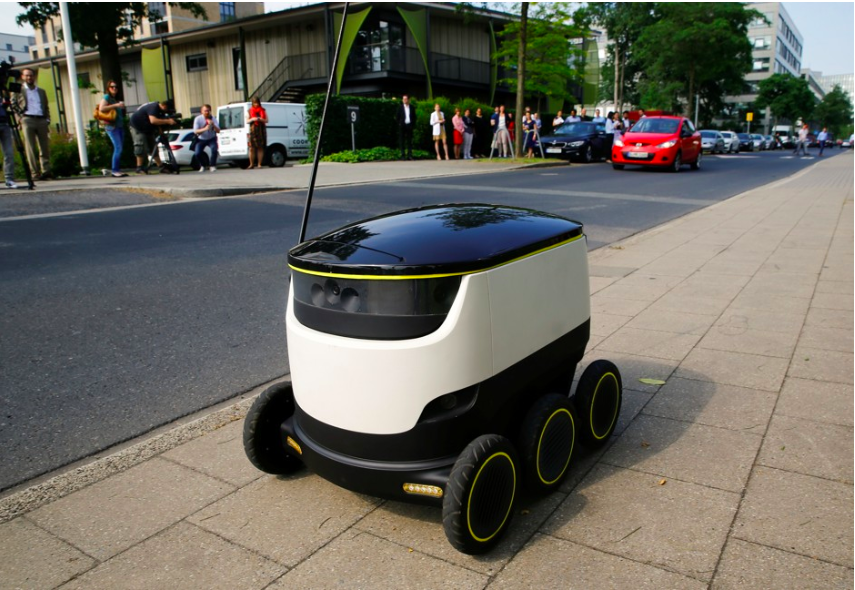A life-threatening encounter with AI technology convinced me that the needs of people with disabilities need to be engineered into our autonomous future.

PERSPECTIVE
One afternoon last month, as I was crossing a busy four-lane street that runs through the University of Pittsburgh campus, I looked up to see a robot blocking my path.
This wasn’t unexpected. Over the summer, several four-wheeled, knee-high robots had been roaming campus, unmarked and usually with a human handler several feet behind. Recently they’d multiplied, and now they were flying solo. They belonged to Starship Technologies, I learned, an autonomous delivery service rolling out on college campuses across America.
As a chemical engineering Ph.D. student at the University of Pittsburgh who uses a power wheelchair, I figured it wouldn’t be long before I met one of these bots in a frustrating face-off on a narrow sidewalk. What I didn’t realize was how dangerous, and dehumanizing, that scenario might be.
The robot was sitting motionless on the curb cut on the other side of Forbes Avenue. It wasn’t crossing with the rest of the pedestrians, and when I reached the curb, it didn’t move as the walk signal was ending. I found myself sitting in the street as the traffic light turned green, blocked by a non-sentient being incapable of understanding the consequences of its actions.
I managed to squeeze myself up on the sidewalk in a panic, climbing the curb outside the curb cut in fear of staying in the street any longer—a move that causes a painful jolt and could leave me stuck halfway up if I’m not careful.
Then I did what a lot of upset people do: I sent off a thread of angry tweets about the experience.
Read the full article here: https://www.citylab.com/perspective/2019/11/autonomous-technology-ai-robot-delivery-disability-rights/602209/

